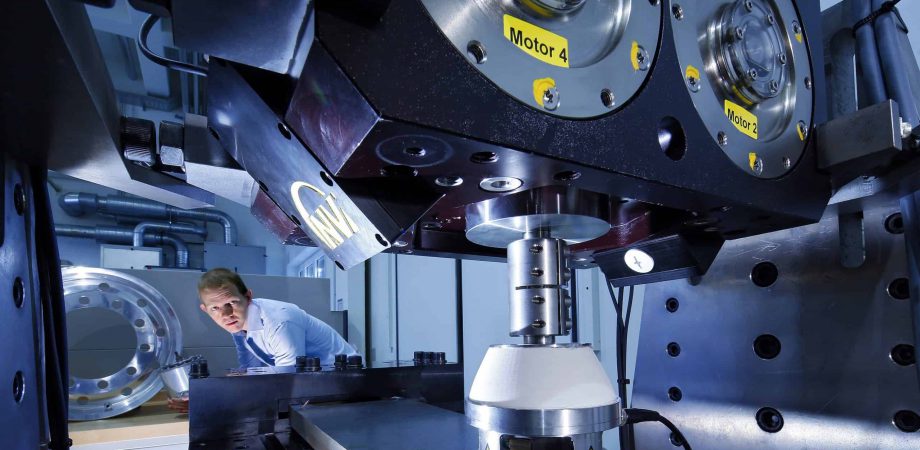The electrodynamic linear motor has been the core technology in loudspeakers since the late 1800’s. Harman’s Applied Technologies Group wanted to explore the potential of applying loudspeaker technology in new markets.
Their mission was to evaluate the potential of likely near- and long-term applications for Harman’s core technology. The automotive industry had shown the most near-term interest in using Harman technology for road noise cancellation. However automotive is also a segment with very long product adoption cycles, potentially requiring significant continuing investment. Other segments might have better or at least faster potential for generating substantial returns.
Market segment characteristics
Harman also needed to learn the best way to build awareness to attract the interest of potential customers in the early market for vibration control. Their goal was to do so in a way that has relatively low cost, and did not commit the company to a dead-end path.
As the potential for the technology was being determined, management also wanted to discover the best way to structure their effort. Here, the issues revolve around resource allocation decisions, funding levels and expected levels of both product and development contract revenues. With different ways to structure the business, Harman wanted to remain responsive to customers and is able to produce results.
Business model alternatives
Part of this initiative included identifying the kinds of “business models” that are available, and under which conditions should they be considered. A range of alternate ways to build a business were available, ranging from continued internal funding to the potential of attracting risk capital to support the development of the business.
Management wanted to know how the true potential of the technology could be determined. This question included finding the ability to protect the key attributes of these new applications from aggressive competition. While patent and legal protection is the conventional approach, it is never as powerful as the protection that comes from building a position of market leadership.
Harman was able to demonstrate a number technical advantages in active vibration control, including speed, linearity (consistent response with variations in voltage), durability, and efficiency. But these advantages did not answer the question of which vertical industry or application to pursue first.

